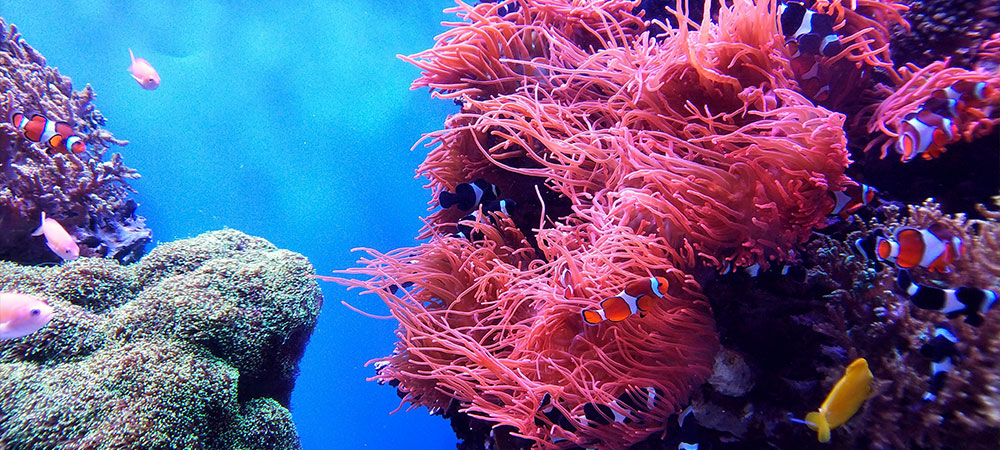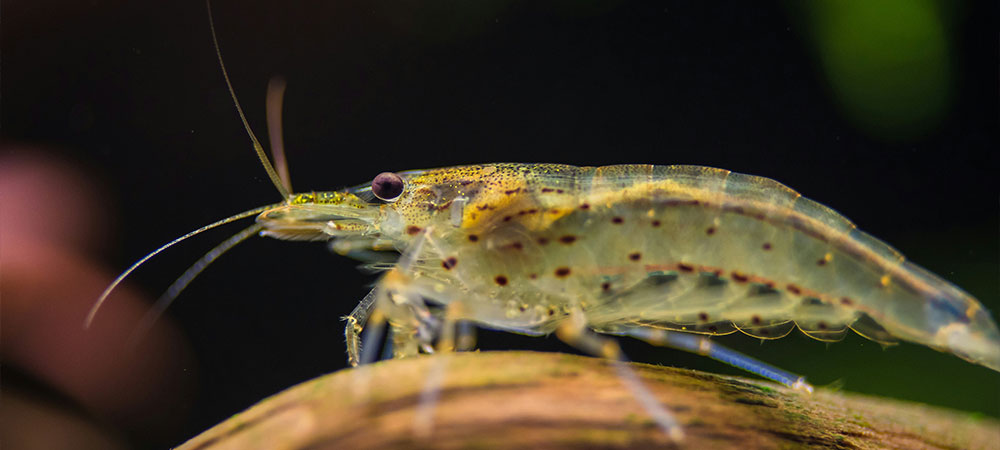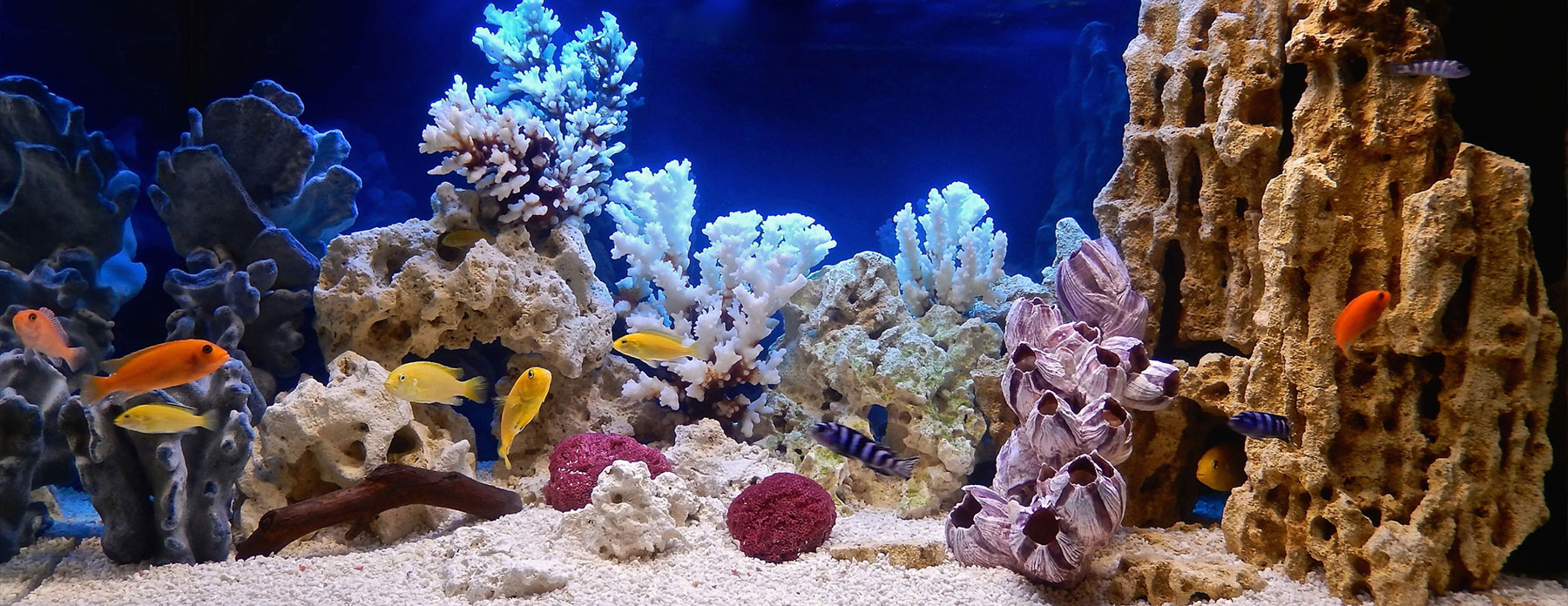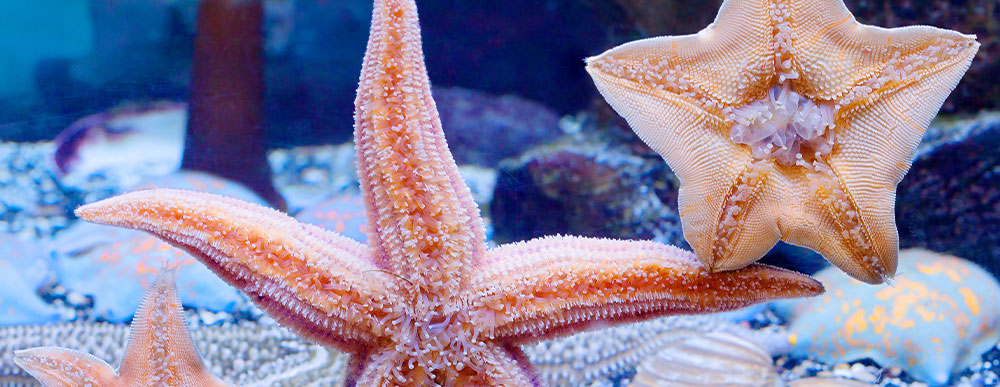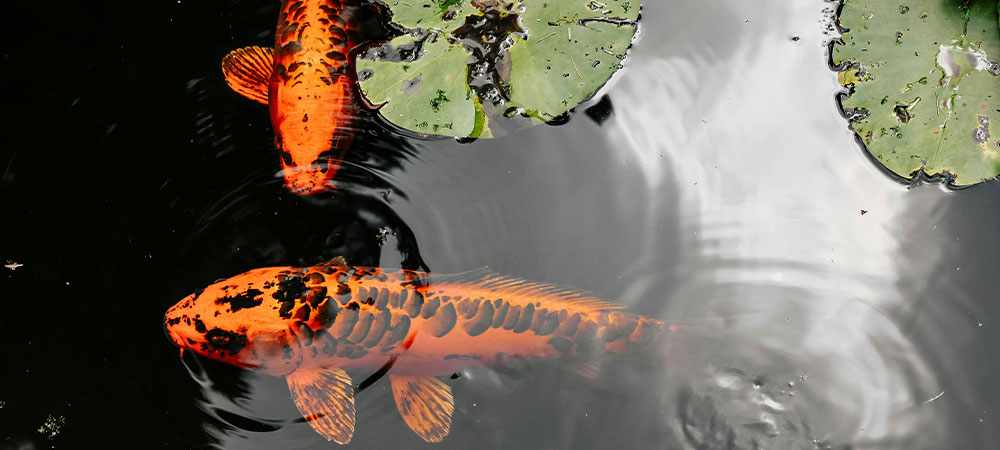Setup and Maintain a Freshwater Aquarium
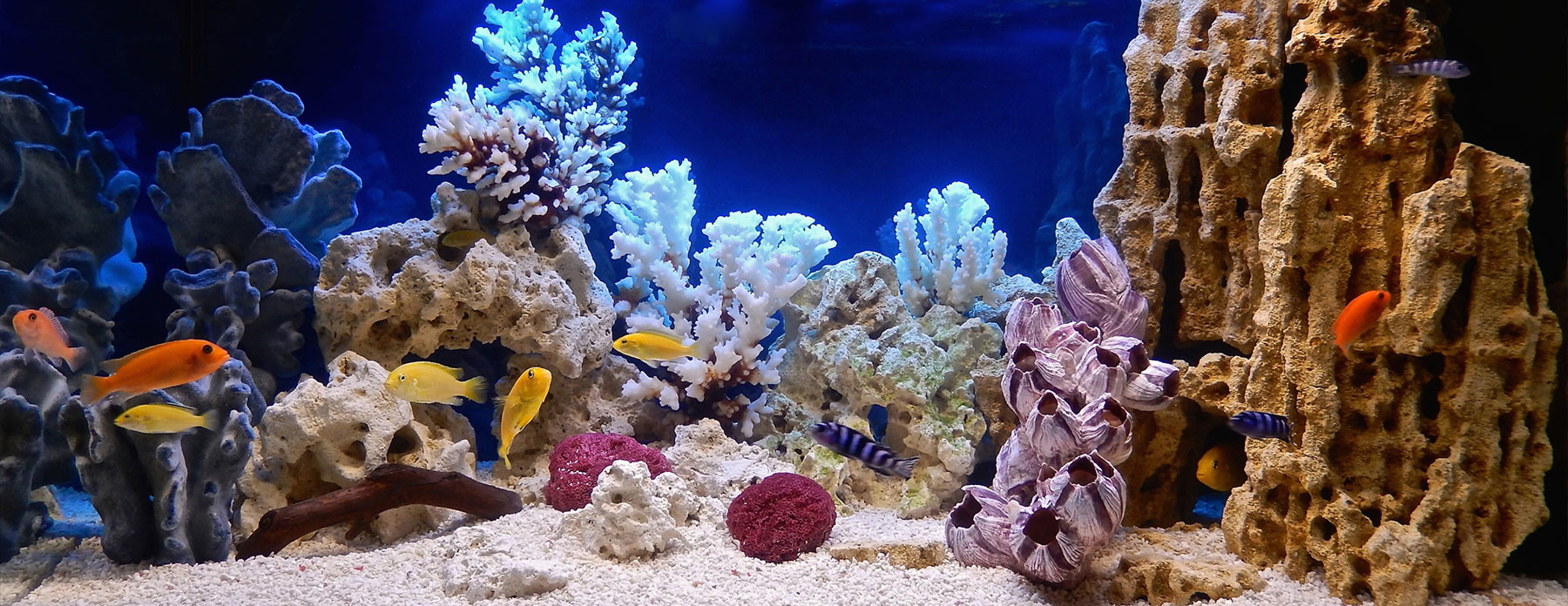
An Aquarium containing Tropical fish and live plants can be a spectacular sight. If a regular maintenance routine is followed using the correct equipment, fishkeeping is not as difficult as it might appear.
The natural environment for fish is extremely stable, so it is best to keep the water as close to natural conditions as possible. This can be achieved by using the correct filters and by following a regular maintenance routine including regularly testing the water and ensuring the tank and it’s filters are kept clean and operating correctly.
An Aquarium containing Tropical fish and live plants can be a spectacular sight. If a regular maintenance routine is followed using the correct equipment, fishkeeping is not as difficult as it might appear.
The natural environment for fish is extremely stable, so it is best to keep the water as close to natural conditions as possible. This can be achieved by using the correct filters and by following a regular maintenance routine including regularly testing the water and ensuring the tank and it’s filters are kept clean and operating correctly.
This information webpage explains some of the basic requirements for setting up your tropical aquarium. If you require any further assistance, our staff are always happy to help. Remember – no question is stupid. We also stock a comprehensive range of reference books that will be extremely useful as you progress through the hobby of tropical fish keeping.
Aquarium
The general rule is the bigger the better, as larger tanks are more stable than smaller ones. However, Tropical fish can be kept in nano aquariums as small as 10 litres.
Filter
A filter is required to remove waste products from your fish and plants. Filters can be either internal or external (to the aquarium).
Heater
Used to keep the water temperature at a range ideally between 24 – 26 degrees Celsius.
Lights
There are different types of bulbs available. They can enhance the colours of fish and promote plant growth. Please ensure lights are on for no longer than 8 hours per day and bulbs need to be changed every 6 to 8 months. This will stop nuisance algae growing in your tank.
Gravel
There are many types of gravel available which can provide a natural environment for fish and a good root structure for live plants.
Plants
Live or artificial, they help create a natural shelter and environment for your fish. Live plants also provide an important alternative food source for many types of fish. Live plants are a natural filter and oxygenate the water.
Ornaments
Aside from simple decoration, ornaments provide hiding places and shelter for fish, as well as interesting features to swim around.
Water conditioner
An essential item when setting up a tank. Tap water is treated with chemicals which make it safe for us to drink but toxic to fish. A water conditioner or de-chlorinator removes the harmful chemicals.
Water Testing
Maintain good water quality and you will always have happy healthy fish. This is achieved by doing regular water testing and routine maintenance on the aquarium.
Live bacteria
This should be used when setting up a new aquarium and after filter maintenance. This will introduce new cultures of bacteria into your system.
Setting up your tropical aquarium
- Ideally position your aquarium in the room away from doorways, radiators and direct sunlight. Ensure you have sufficient space around the aquarium for regular maintenance.
- Pre wash your gravel and place this in your aquarium. Add ornaments and decorations to your tank.
- Fit your heating, lighting and filter equipment following the manufactures instructions. Do not plug in the equipment yet.
- Slowly fill the aquarium with water, making sure that all equipment is covered.
- Switch on the equipment and set the heater to 25 degrees. Add your live bacteria, the tanks needs to be left to “cycle” for a minimum of 7 – 10 days.
- Once the water tests are at the correct levels (see below), you are ready to add the first live stock into your tank. Ask a member of the shop team for suggestions for hardy species to start with.
Water Parameters
pH: 6.5 –7.0 – Community Aquarium
pH: 8.0 – 8.2 – Cichlid Aquarium
Ammonia: 0 ppm
Nitrite: 0 ppm
Nitrate: Less than 30 ppm.
Temperature: 24 – 26 degrees Celsius – Species dependant - An aquarium takes time to mature and become stable, so it is important to add fish gradually. Patience is the key.
Maintaining your freshwater aquarium
When it comes to maintenance, little and often is best practice. Your schedule will depend on the type of aquarium and the species of fish you have. As a general rule you should aim for the following.
Weekly
- Ensure pumps, heater and filters are working correctly
- Clean the algae from the glass
- Test water quality to ensure your levels are correct.
Fortnightly
Carry out a water change of between 10% and 20% of the tank volume using a gravel cleaner. When adding your new water, please ensure that you use a de-chlorinator to remove chlorine and heavy metals from your tap water.
Clean your pre filter (filter floss or sponges) to keep your water crystal clear. After any sponge cleaning please add a live bacteria product to the sponge. Please ensure when cleaning sponges to do this in dirty tank water NEVER use tap water as this will kill the live bacteria.
Monthly
Replace activated carbon or nitrate removal sponges within the aquarium to prevent toxins being released into your water.
Feeding
Never overfeed your fish, 98% OF PEOPLE OVERFEED THEIR FISH. If there is leftover food in the tank after 30 seconds – you MUST remove it with a water siphon or use a net as this will spoil the water. We suggest you feed a mixture of live, frozen and dried food to your fish to ensure they get a complete balanced diet.
Dried food is suitable for all kinds of fish, although there are many types of specialist foods appropriate for fish who feed in different ways:
- Surface feeders will readily take flakes and floating pellets.
- Mid water feeders like granular or slow sinking foods.
- Bottom feeders should be offered quick sinking foods or tablets.
Choosing your fish
There are plenty of tropical and cold water fish to choose from in our store and via our website. It is important that you make informed choices; some fish are not very sociable and will fight, whilst others prefer to live in shoals of their own kind and should not be kept in isolation. When buying your first fish, ask a staff member to recommend the fish for a new aquarium to ensure you choose the most suitable fish.
Taking them home
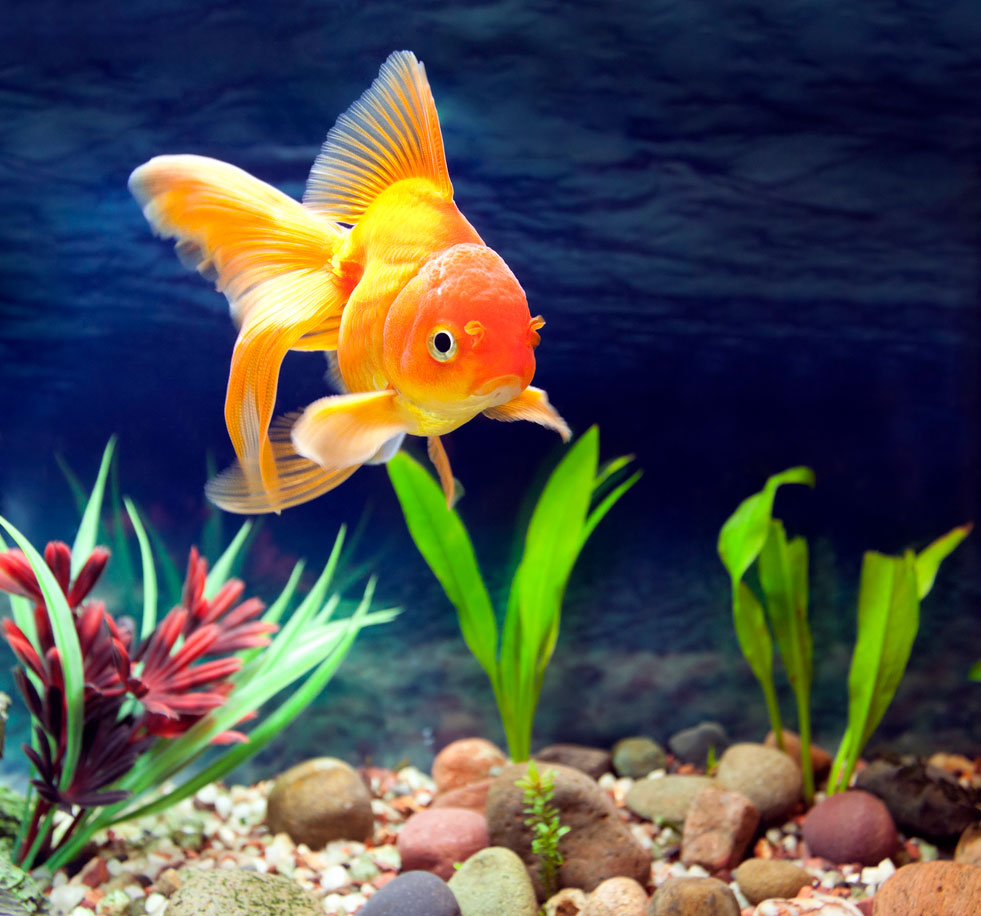
When we sell fish we pack them carefully for the journey to their new home in a plastic bag with enough oxygen for a journey of 2 hours. This bag should be kept in the dark to reduce stress when being transported. For a journey over 2 hours we pack them with condensed oxygen which enables them to survive for over 36 hours (they must also be kept warm).
This is the way we ship orders via our overnight service to the whole of Ireland. When transporting your fish, take care not to allow them to get too hot or too cold as this can also cause stress. When you get your fish home, turn off your aquarium lights and float the bag in your tank for about 20 minutes, allowing the water temperature to equalise.
Add some of your aquarium water to the bag and wait a further 10 minutes. Do this twice to double the water in the plastic bag before transferring the fish into the aquarium with a net. Throw away the old water and do not mix it with the water in your tank.
The fish may be nervous and hide for a period of time, so leave the aquarium light off and let them settle down for a few hours before feeding them.
Did you know?
We strongly recommend that any tank over 35 litres be installed with matching / applicable stand. You may find some manufacturers warranties are only valid if your tank is fitted with the appropriate stand.
Feeding your fish
Feed your fish once a day, offering just enough food so that it is eaten within 30 seconds. Start with a small amount and adjust accordingly. Over-feeding will pollute the water, so ensure any excess food is removed from the tank after feeding.
Maintaining a healthy aquarium
Maintaining the water quality is the most important factor in keeping fish healthy. Regular water changes are vital for keeping your fish healthy (see maintaining your freshwater aquarium section on this webpage).
New fish are more susceptible to disease, due to the stress of being moved. New fish should therefore be observed very carefully for several days after they are introduced. It is vital for your fish that you maintain a healthy aquatic environment and although many water problems are not visible to the naked eye, the effects on your fish often are. If you observe any changes in behaviour or unusual spots or marking on your fish, they have contracted an illness and may require treatment to recover. Treatment may range from a substantial water change to a chemical treatment, but many diseases, if addressed early, are curable.
Talk to the store team or see our guide to fish diseases.
